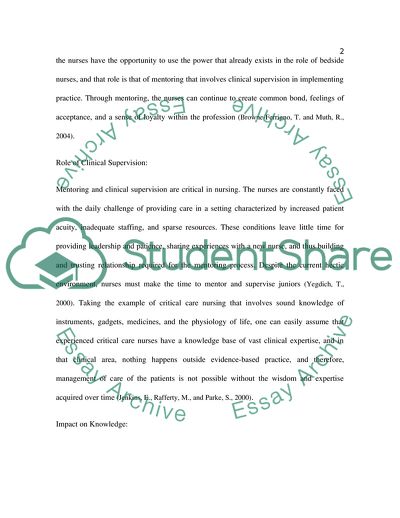Cite this document
(Mentoring and Clinical Supervision in Nursing Practice Term Paper, n.d.)
Mentoring and Clinical Supervision in Nursing Practice Term Paper. Retrieved from https://studentshare.org/nursing/1709300-clinical-supervision
Mentoring and Clinical Supervision in Nursing Practice Term Paper. Retrieved from https://studentshare.org/nursing/1709300-clinical-supervision
(Mentoring and Clinical Supervision in Nursing Practice Term Paper)
Mentoring and Clinical Supervision in Nursing Practice Term Paper. https://studentshare.org/nursing/1709300-clinical-supervision.
Mentoring and Clinical Supervision in Nursing Practice Term Paper. https://studentshare.org/nursing/1709300-clinical-supervision.
“Mentoring and Clinical Supervision in Nursing Practice Term Paper”, n.d. https://studentshare.org/nursing/1709300-clinical-supervision.


